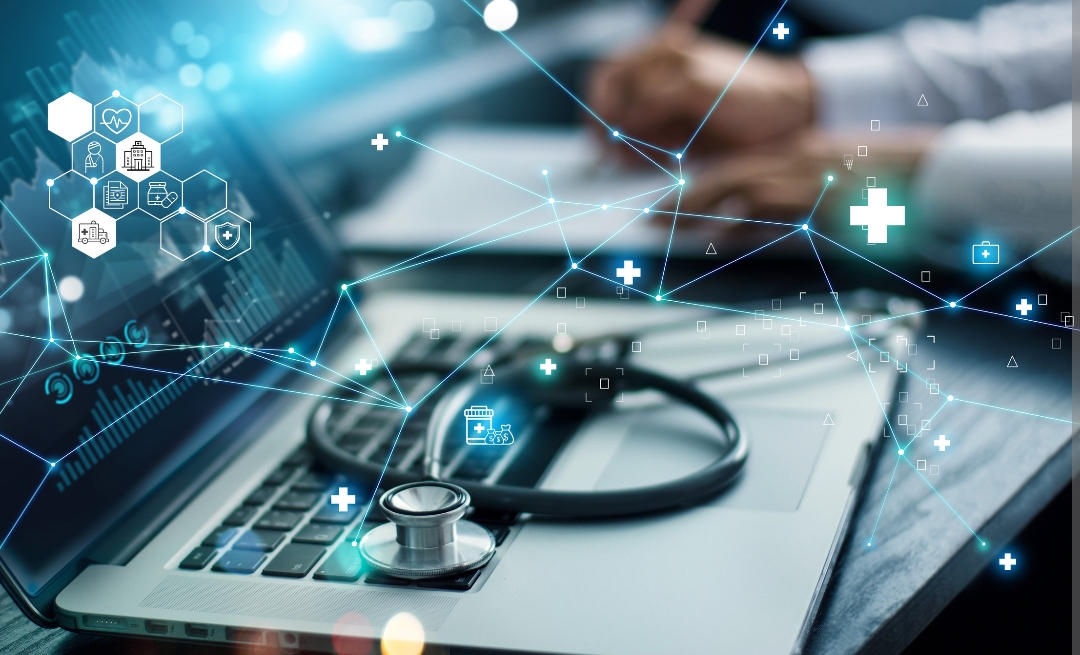
How vital a patient monitoring system is for medical facilities and practitioners?
Patient monitoring system are technological tools designed to track and monitor patient vital signs, symptoms, and clinical parameters in medical facilities. These systems provide healthcare professionals with real-time information about the patient's condition, enabling early detection of complications and adverse events. The importance of patient monitoring system cannot be overstated, as they contribute significantly to the improved outcomes and reduced mortality rates of patients in medical facilities.
This article will tell you the role of patient monitoring systems in healthcare, their types, features, benefits, limitations, and challenges.
The role of patient monitoring systems in medical facilities
Patient monitoring system play a crucial role in medical facilities by continuously monitoring patient vitals and detecting early signs of complications and adverse events. These systems are essential for the improved outcomes and reduced mortality rates of patients in hospitals, clinics, and other medical facilities. By providing healthcare professionals with real-time information about the patient's condition, patient monitoring systems enable timely intervention and treatment.
Furthermore, patient monitoring systems reduce the workload of medical staff by automating the monitoring process, allowing them to focus on other essential tasks. The use of patient monitoring systems in medical facilities also increases efficiency by enabling healthcare professionals to manage more patients at the same time.
Types of patient monitoring systems
There are different types of patient monitoring systems available in medical facilities, including
Basic patient monitoring system - It's the most common and track the patient's vital signs, such as blood pressure, heart rate, and temperature.
Advanced patient monitoring system - They are more sophisticated ones and can monitor additional parameters, such as oxygen saturation and respiratory rate
Wearable patient monitoring system - They are portable devices that patients can wear to monitor their vitals at home
Remote patient monitoring system - They are systems the that allows healthcare professionals to monitor patients remotely
Features of patient monitoring systems
Patient monitoring systems have several features that make them effective in medical facilities.
Vital sign monitoring - It is of the key features of these system, Patient monitoring systems track vital signs such as blood pressure, heart rate, respiratory rate, and temperature to provide healthcare professionals with real-time information about the patient's condition.
Alarm systems - It helps to alert thehealthcare professionals of any abnormal readings, enabling early intervention.
Data analysis and storage - These systems collect and store patient data, which healthcare professionals can use to track the patient's progress and make informed clinical decisions. Patient monitoring systems also have connectivity and integration with electronic health records, allowing healthcare professionals to access patient data quickly.
Benefits of patient monitoring systems for medical practitioners
Patient monitoring systems provide several benefits to medical practitioners, including improved patient safety and quality of care. These systems enable healthcare professionals to monitor patients continuously, reducing the risk of adverse events and complications. Patient monitoring systems also reduce medical errors, enabling healthcare professionals to make informed clinical decisions.
Additionally, patient monitoring systems enhance clinical decision-making by providing healthcare professionals with real-time data about the patient's condition. These systems are also time-saving and efficient, enabling healthcare professionals to manage more patients at the same time.
Limitations and challenges of patient monitoring systems
Patient monitoring systems have some limitations and challenges that healthcare professionals should consider before adopting them. Cost and affordability are significant barriers to the adoption of patient monitoring systems, as these systems can be expensive. Technical challenges and system failures can also be a problem, leading to inaccurate readings or system downtime.
Data privacy and security concerns are also a significant challenge with patient monitoring systems. Patient data collected by these systems must be secure and protected from unauthorized access. Staff training and education are also crucial challenges that healthcare professionals must address when adopting patient monitoring systems.
Conclusion
Patient monitoring systems play a crucial role in healthcare, enabling healthcare professionals to monitor patients continuously and detect early signs of complications and adverse events. They provide several benefits, including improved patient safety and quality of care, reduced medical errors, and enhanced clinical decision-making. Patient monitoring systems come in different types, including basic, advanced, wearable, and remote patient monitoring systems, each with unique features that make them effective in medical facilities.
Despite the benefits of patient monitoring systems, there are some limitations and challenges that healthcare professionals should consider. These include cost and affordability, technical challenges and system failures, data privacy and security concerns, and staff training and education.
Visit DocMode for Courses and lectures





